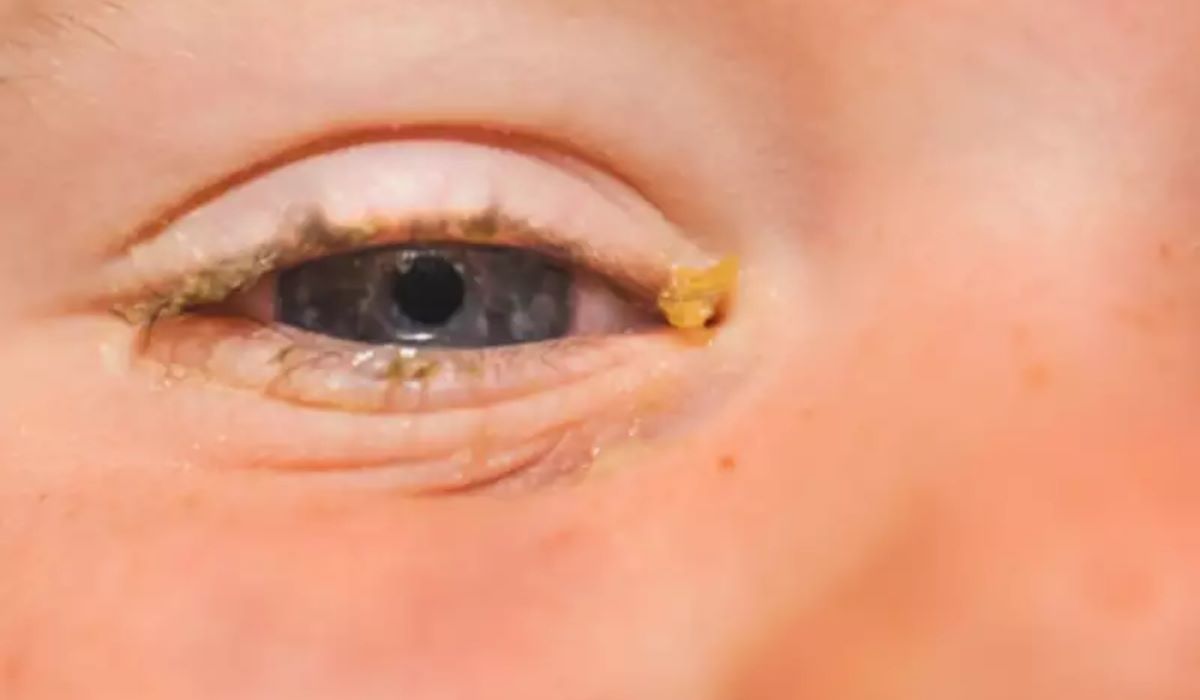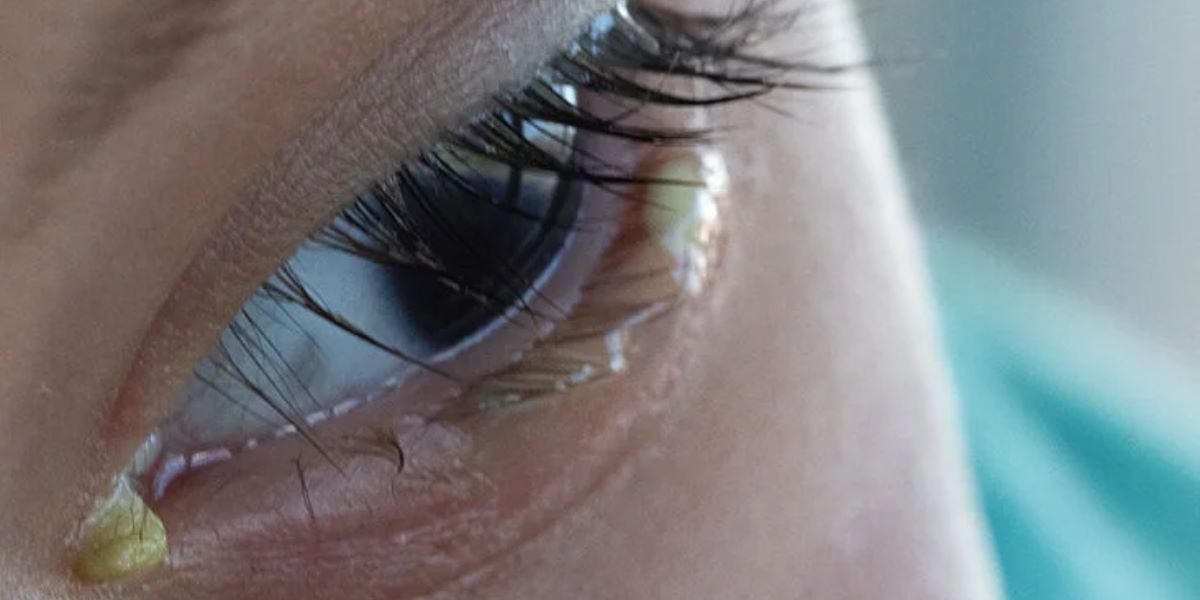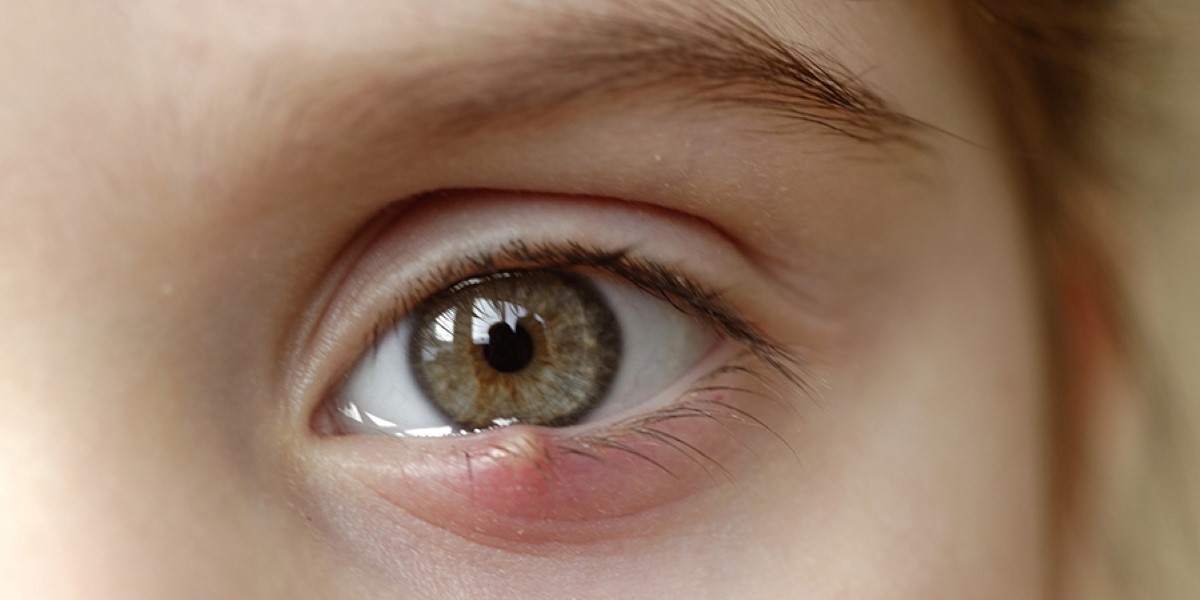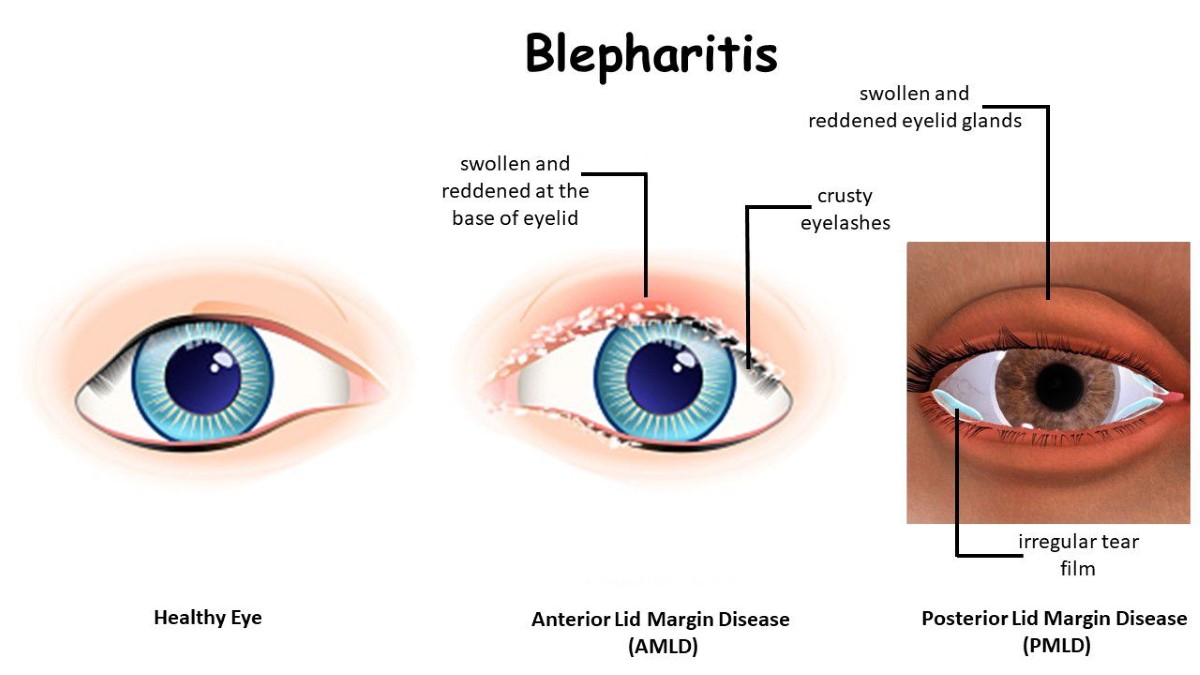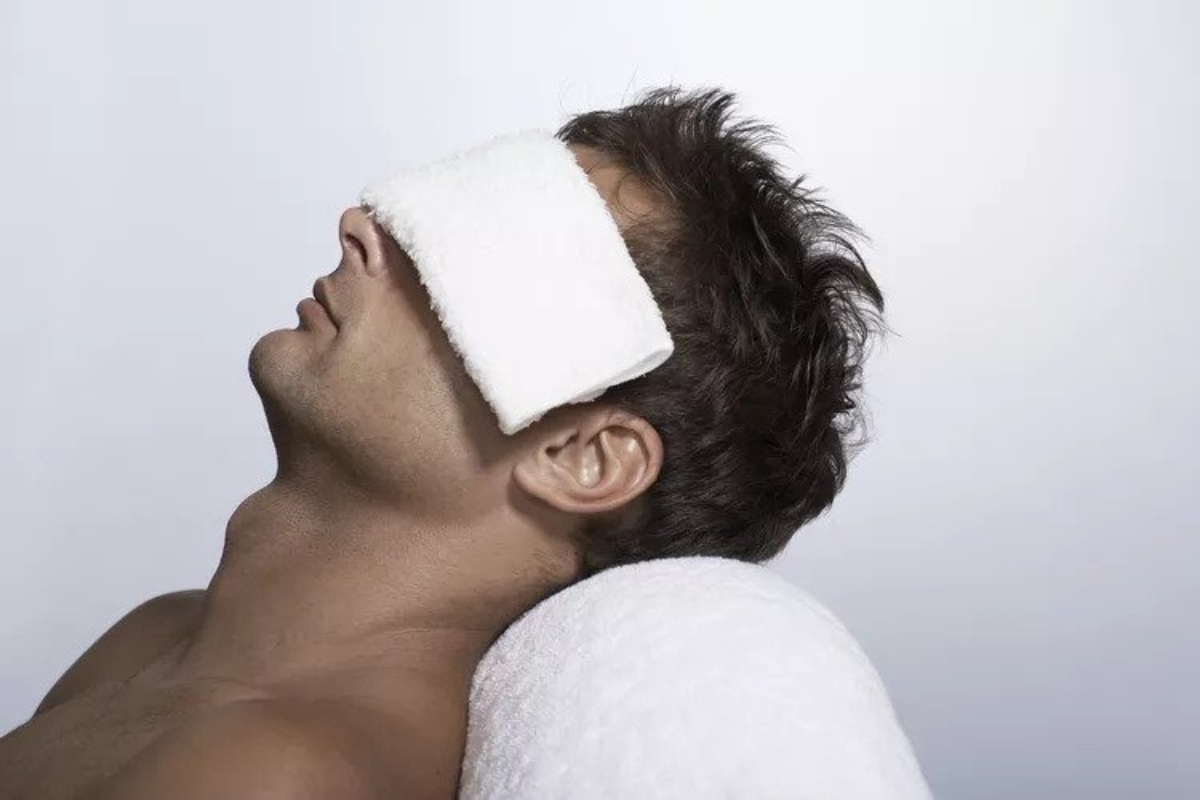Crusty Eyes in the Morning: Benign or Serious?
Are you frustrated by how crusty your eyes always get when you wake up in the morning? Perhaps you might even be worried about why you have so much gunk in your eyes. The good news, it’s nothing serious most of the time.
Today, we’re diving into what causes crusty eyes. Along the way, we’ll also provide practical solutions for managing them and help you figure out when you should see a doctor.
How do we get sleep crust?
Sleep crust, otherwise known as simply eye crust, usually shows up as white or brownish buildup that can cause your eyelashes to get stuck to each other when you first open your eyes. Sometimes, you probably have to dig it out of the corners of your eyes too. In some cases, you might even notice some irritation and redness in your eyes.
Eye crust is formed by a combination of elements — dry air, oils released from the glands around our eyes during sleep, tears, bacteria, and dead skin cells. All these pieces come together overnight to make eye crust a part of many people’s mornings.
What causes crusty eyes in the morning?
Eye crust is a common occurrence that can have many possible causes – from run-of-the-mill ones to more significant medical issues. Identifying what causes your crusty eyes will help determine whether it’s worth scheduling a doctor’s appointment.
Natural formation
Your eyes are constantly making and draining tears through day and night – it’s part of their natural behavior. Tears contain water, oil, and mucus (medically known as rheum), which work to hydrate, lubricate and protect your eyes.
Overnight, your tears may not be fully absorbed, causing them to build up around the eyelids while you sleep. This leads to those briny crusts that you wake up to.
Fortunately, this is a perfectly natural process and nothing to be concerned about. A simple swipe with a warm cloth can help break up this mixture of dried-out tears before you begin your day.
Allergies
If you have seasonal allergies, you may find yourself waking up with itchy, red, and swollen eyes. The natural response of the body when dealing with allergens is to produce more mucus to get rid of them. As your body works hard to clean out allergens such as pollen and dust, an excess of mucus can make the eyes feel like they’ve been glued shut.
One helpful tip to reduce allergy-induced crust is showering before bed so you can rinse away the allergens collected throughout the day. Cold compresses or over-the-counter (OTC) eye drops may also provide relief. However, it is recommended to check in with your doctor if you continue to experience a lot more crust than usual, especially if you notice the discharge is yellow or green.
Dry eyes
Dry eye is caused by a lack of tear production or tears that don’t have the right balance of oils and water to perform their job correctly. It can result from aging, contact lenses, hormonal changes during pregnancy, environmental factors like smoke and wind, and the extended use of digital devices.
To remedy dry eye, try using artificial tears several times daily or use preservative-free options four times a day (neither require a prescription). You can also try getting your hands on a humidifier to add moisture to your surroundings, and sleep with an eye mask to keep out dust and other irritants.
Blocked tear duct
When the tear duct gets blocked or compressed, it keeps tears from flowing out and leads to a sticky yellow or white substance forming along the eyes. Infants can have congenital obstruction of their tear ducts, which means they’re born with these blockages and tend to outgrow them within their first year. As for adults, a blocked tear duct is usually due to an inflammation or infection.
Thankfully, both adults and infants can clear the discharge and reduce irritation using treatments like antibiotic drops, warm compresses, or even minor surgery for more severe cases.
Styes
A stye is an annoying and painful eye condition that can affect anyone, from toddlers to seniors. While it might look like pink eye at first, a stye is caused specifically by bacteria trapped inside the oil glands near the lash line. The blockage of these glands leads to irritation and a buildup of moisture, resulting in a tiny but painful lump on the upper or lower eyelid.
Fortunately, this infection usually responds well to simple methods like warm compresses, OTC antibiotics, or topical creams. Sometimes, you may need to visit your doctor for additional treatment, such as prescription antibiotics.
To reduce further irritation and prevent a recurrence, keeping your hands clean and away from your eyes is essential. Use sterile cotton swabs when applying ointments and regularly clean glasses. For those who wear makeup, spring clean your collection every now and then to dispose of old/expired products.
Blepharitis
Bacteria, fungus, or skin irritation can cause blepharitis, an inflammation of the eyelids. Symptoms include eyelid redness and swelling, dry flakes or scales near the lash line, and of course, eye crust. Blepharitis usually affects both eyes.
Often, simply cleaning your eyes daily with warm water and warm compresses are sufficient to treat this condition. Your doctor may also prescribe eye drops, ointments, or antibiotics, depending on the cause of your blepharitis.
Conjunctivitis/pink eye
If you experience a gritty sensation between your eyelids, have redness in your eyes, and find more crust than usual gathering in the corner of your eye upon waking up, you may be dealing with conjunctivitis.
Commonly known as pink eye, conjunctivitis is any inflammation that impacts the thin membrane that lines part of your eye. It can be bacterial or viral and can appear in one or both eyes.
In addition to redness, symptoms include itchy eyes, a burning sensation, and watery discharge building up in the eye. A yellow or green discharge is more common in bacterial conjunctivitis.
As conjunctivitis is highly contagious, it’s best to get it checked out by a doctor. Treatment methods range from antiviral medication to antibiotics, depending on whether your pink eye is viral or bacterial.
Ways to remove crust from eyes at home
There are several tried-and-proven home remedies to get rid of eye crust safely. First, ensure your hands are clean before and after wiping your eyes.
Another option is to use a warm water-soaked washcloth. Simply place the cloth directly onto your eye for a couple of minutes and then gently wipe away the crust. With either method, be sure not to rub too roughly so as not to damage any weakened mucous membranes.
Lastly, try using a warm compress which requires heating water in a small cup or bowl and then soaking a clean cloth in it until it’s nice and warm. Once you have wrung the cloth, place the compress over the eye(s) for about 15 minutes. Make sure to throw out any remaining water after each use to avoid reinfection from bacteria growth.
When to see a doctor about your crusty eyes
Warning signs that need medical attention include:
- Styes
- Oddly colored discharge
- Red and swollen eyelids
- Sudden blurriness of vision
Difficulty keeping your eyes open or strange itching and burning may also be symptoms of something more serious, as they could indicate an infection or underlying health issue that requires treatment.
In short, don’t wait to see a doctor if you experience any of these. Getting them checked as early as possible is key to avoiding further or long-term damage.
Mild crusty eyes are usually nothing to worry about!
In general, crustiness in and around the eyes is nothing to worry about, but it’s also important to educate yourself on the signs of something worse.
Integrating basic hygiene tips can go a long way in maintaining optimal eye health. Avoid touching or rubbing your eyes. Wash your hands frequently. Don’t share towels, pillowcases, or makeup. Clean surfaces that come into contact with your face regularly. And, of course – if in doubt – always consult with a medical professional.

Written by:
Phoebe Jade











